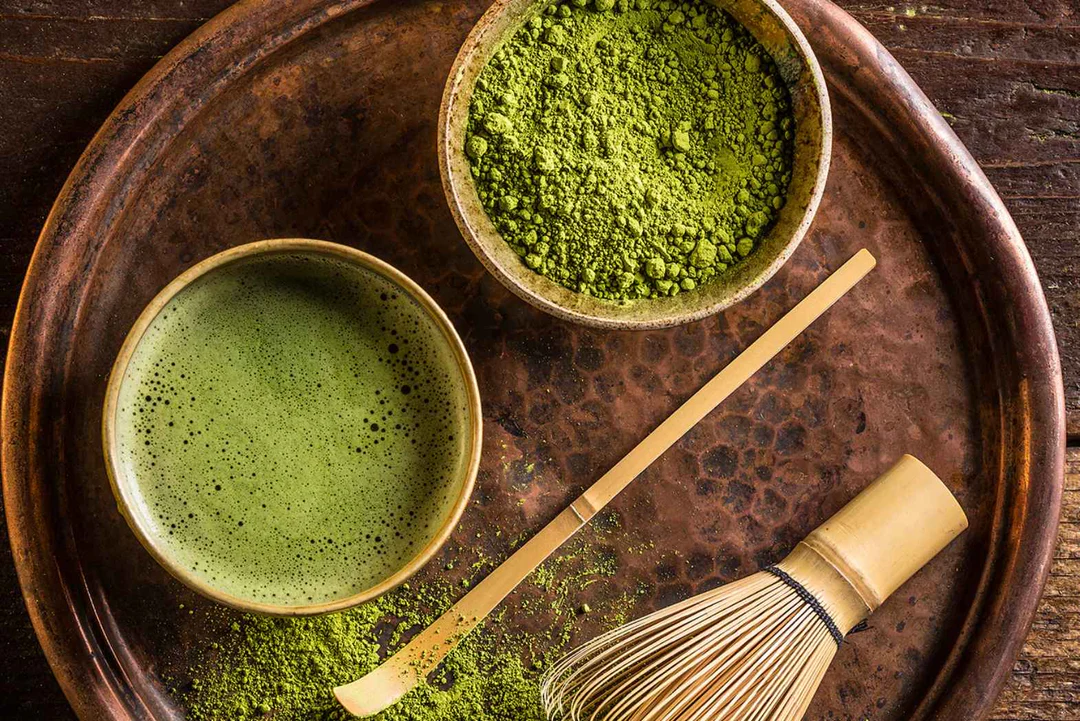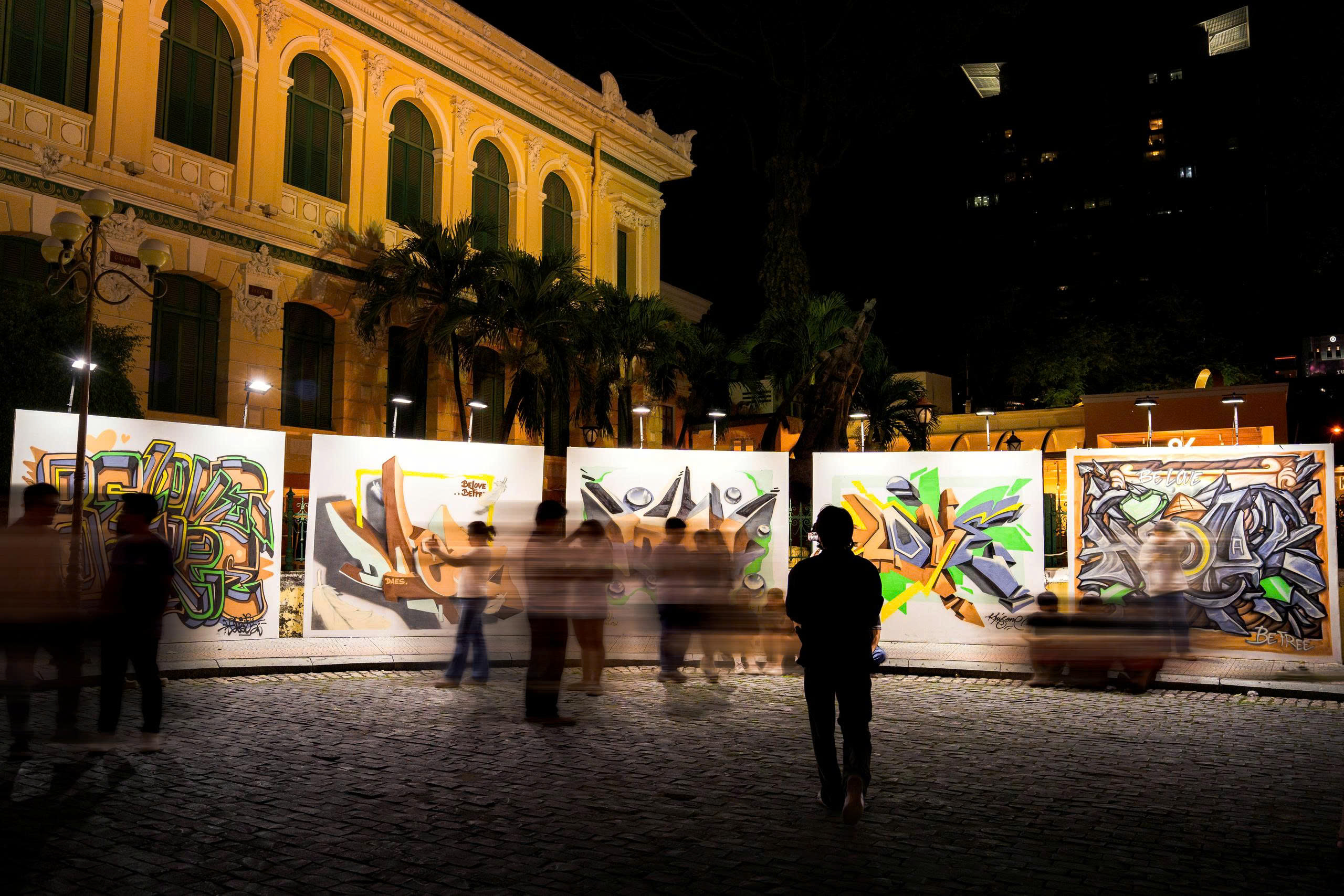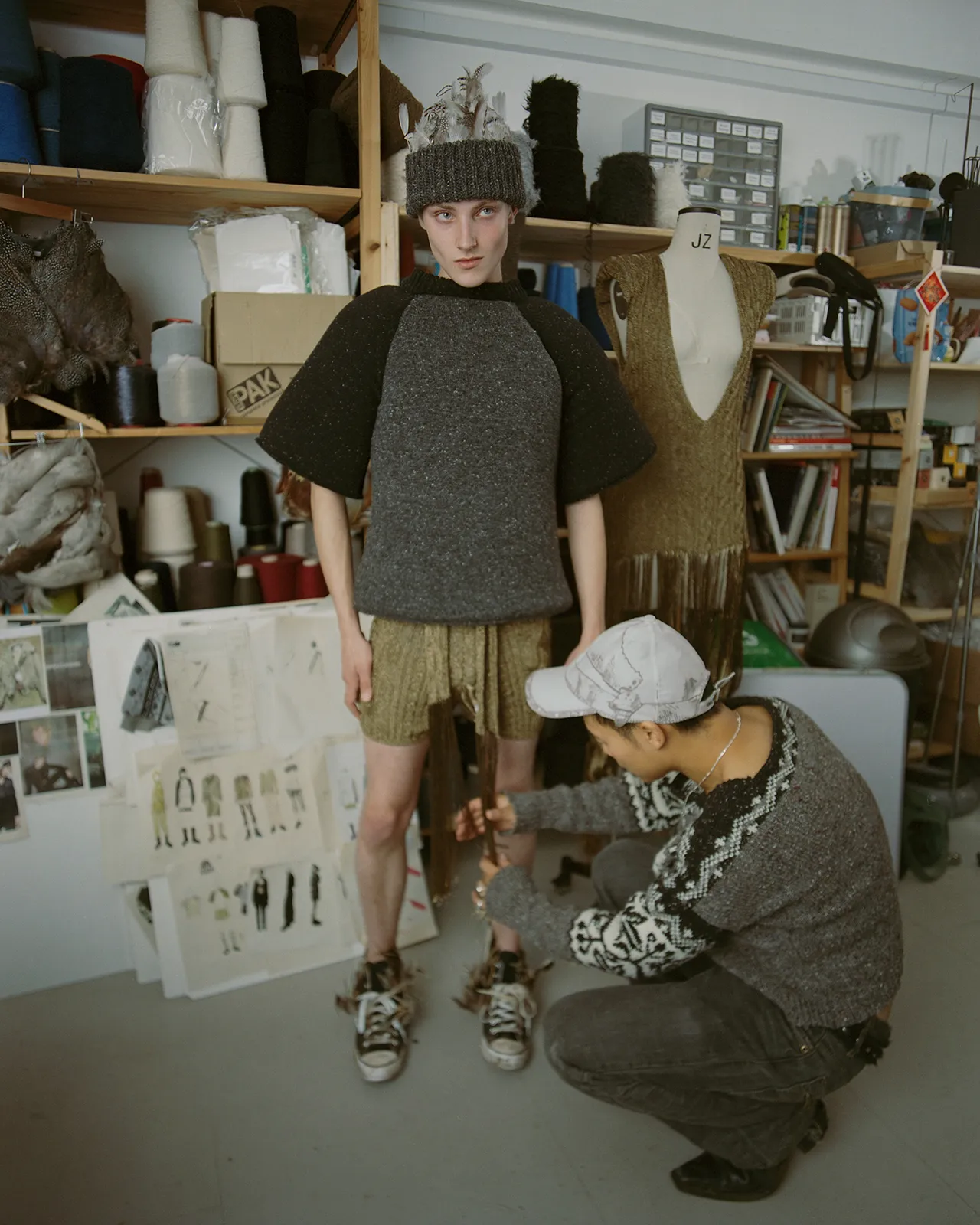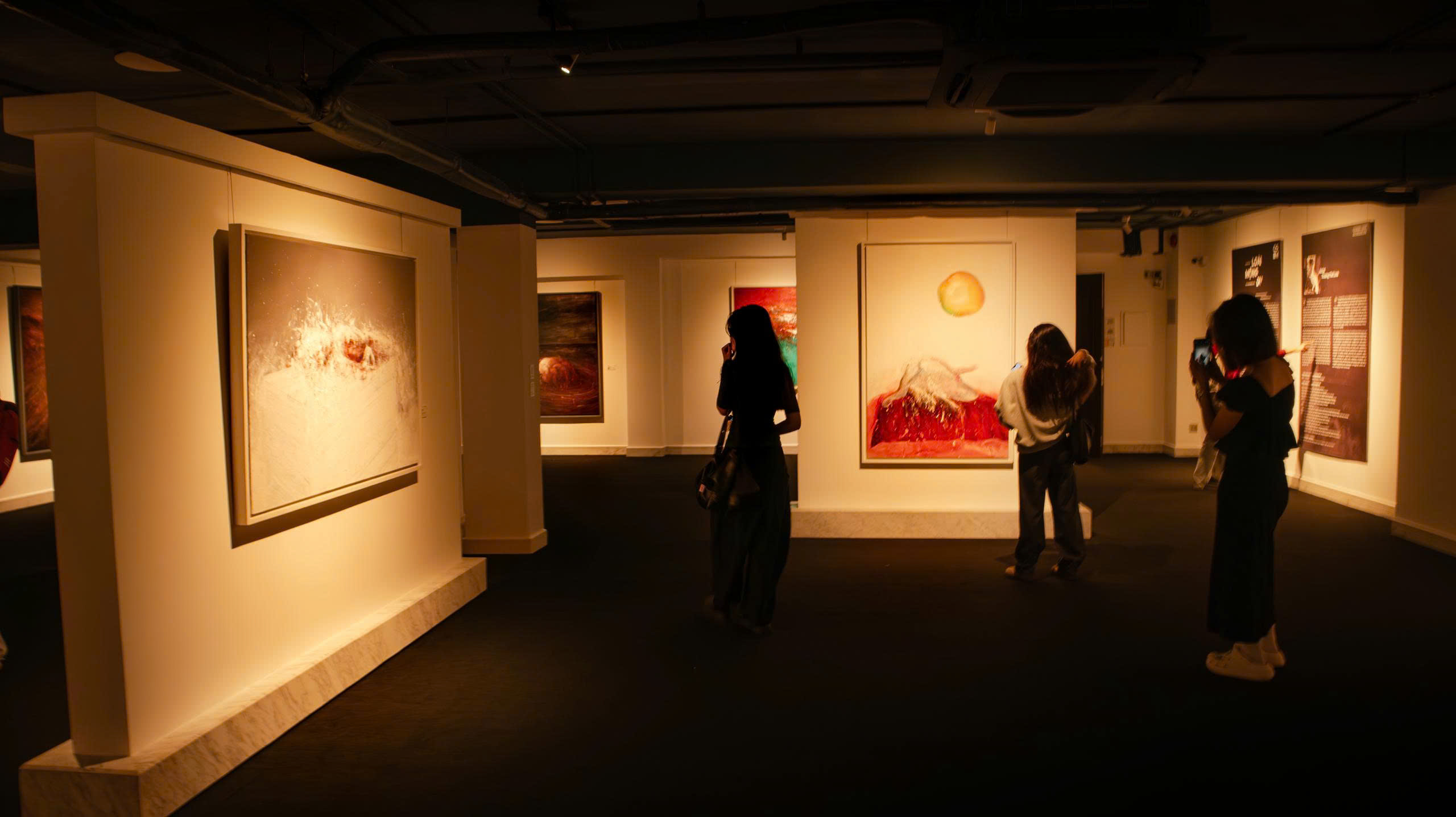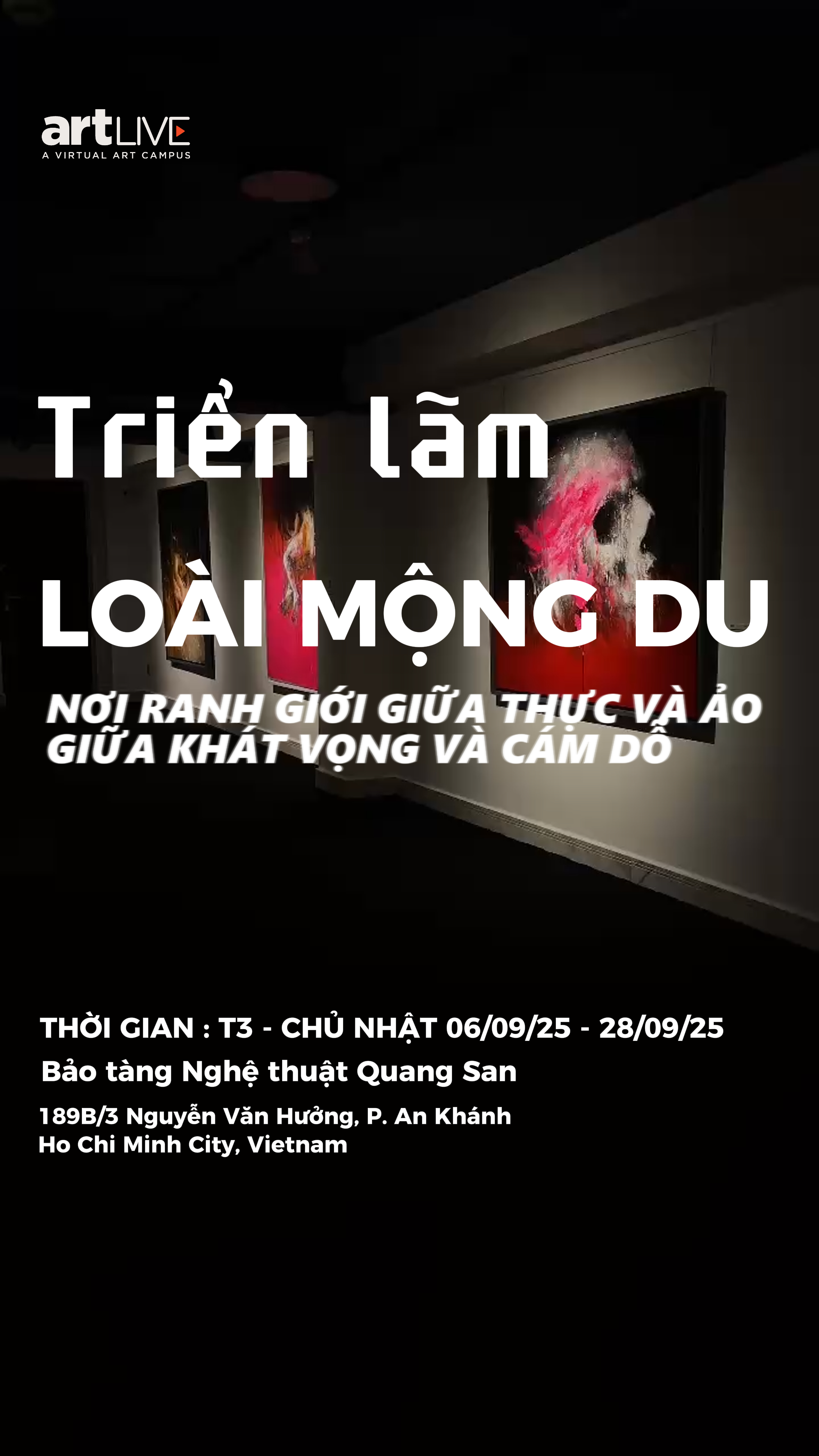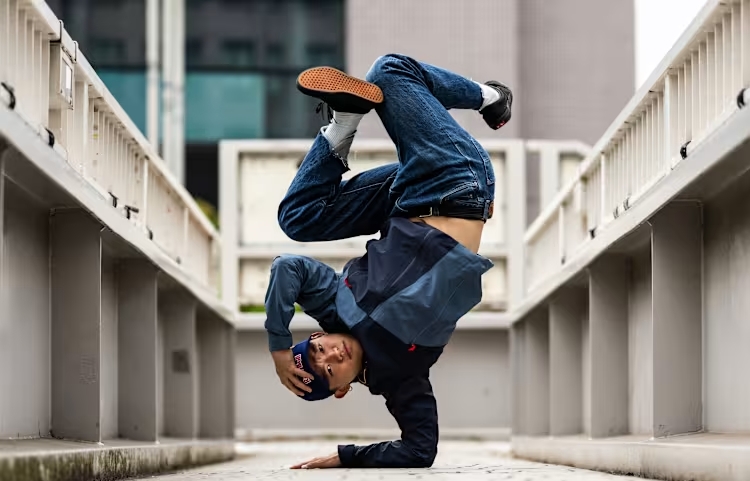artLIVE – Who would have thought that hidden behind the mind of a former criminal was a famous painting genius? Caravaggio did it in Rome (Italy), a place that left a deep mark on his life.
Caravaggio, whose birth name was Michelangelo Merisi, was born in 1571 in a small town of the same name near Milan. He came to Rome around 1592, carrying the ambition of a young artist. He lived, created and experienced many storms during his 14 years here.
It was the chaos of Rome at that time that honed his natural talent, and led him to a series of tragedies with no way out. Caravaggio’s legal record is littered with brawls, arrests and a murder that forced him into exile, but it was in Rome that he sparked a revolution in painting.
Caravaggio was a pioneer of tenebrism – a prominent style of Baroque painting (17th century), which made a strong impression by exploiting the fierce contrast between bright light and deep darkness, so that the bright light tore through the night, depicting human emotions to the utmost.
His biblical scenes are not flashy or magical, but bare, gritty with austere faces, dusty feet and strong gestures that seem to come from everyday life. Many of these masterpieces are still present in Rome as living proof of an artist who devoted both his talent and soul to art.
Here are 10 paintings you cannot miss when traveling to Rome (Italy):
Sick Young Bacchus (1593 – 1594)
Sick Young Bacchus is one of Caravaggio’s earliest works, believed to be a self-portrait that he painted by looking in a mirror. The work was created during Caravaggio’s early years in Rome, reflecting his frail state after six months in hospital.
In the painting, the young man appears tired, with a pale complexion, a grimace and a tilted head, in sharp contrast to the bunch of fresh, plump grapes in his hands.
This painting marks the beginning of Caravaggio’s unique artistic style, showing the clear influence of Lombard naturalism and the chiaroscuro technique — the art of strong contrasts between light and dark.
Judith Beheading Holofernes (1599)
This painting is considered the pinnacle of Baroque art, recreating the terrifying moment when Judith – the heroine in the Bible kills the general Holofernes of the Assyrian empire. Caravaggio depicts the explosive bloodshed with a cold, brutal realism, in stark contrast to Judith’s calm but tense expression, her furrowed brows revealing a deep inner struggle.
Beside her, the old maid with a wrinkled, haggard face watches silently, her eyes shining with cruel satisfaction. Meanwhile, Holofernes’ body convulses, his mouth gaping in the final moments of his life.
This realistic, violent image sets the painting apart from the noble execution scenes common in Renaissance art.
Jupiter, Neptune and Pluto (1597)
This is Caravaggio’s only known fresco, which he notably executed in oil on plaster rather than the traditional fresco technique.
The work was commissioned by Cardinal Francesco Maria del Monte for his private study at the Villa Aurora, a lavish 16th-century mansion in the heart of Rome, Italy.
The painting is a alchemical metaphor: Jupiter represents air and sulfur, Neptune represents water and mercury, and Pluto is associated with earth and salt.
Jupiter’s bright light contrasts with the dark underworld where Pluto resides, while Neptune hovers between the two extremes, symbolizing the fluid transformation of matter.
The bold foreshortening technique makes the gods appear to float above the viewer, creating a powerful sense of life. This is a rare example of Caravaggio’s talent beyond traditional oil painting.
However, the fate of the work remains uncertain due to a long-running legal dispute over the ownership of the Villa Aurora.
The Entombment of Christ (1600–1604)
This altarpiece is considered one of Caravaggio’s greatest masterpieces, marking the culmination of his artistic maturity.
The work was originally commissioned for the Chiesa Nuova church, but after many historical events it was returned from France and has been housed in the Vatican’s Pinacoteca since 1817. Unlike traditional images of the burial of Christ, which usually place Him in a tomb, Caravaggio chose to depict the body of Christ lying on a stone slab before performing the ritual of anointing and wrapping in burial cloths. This decision makes the scene more intimate, real and emotionally powerful.
The old Ni-Co character with a muscular body, trying to lift the motionless body of Christ, while above are the faces of pain and despair, the Virgin Mary stands out as if silent in sadness.
All of this is pushed to the extreme by Caravaggio with the art of light and dark contrast Chiaroscuro, making every line and every emotion seem to shine in the heavy darkness.
The strong diagonal composition and the natural movement of the characters highlight the humanism in the work, a feature that deeply influenced later masters such as Rubens and Cézanne.
John the Baptist, Youth with Ram (1602)
This unique portrait of Saint John the Baptist was full of expressive nuances. The image of the ram, a symbol of both sacrifice and desire, creates an ambiguous layer of meaning, further challenging traditional religious conventions.
John’s youthful, supple body, bathed in a warm golden light, exudes a powerful allure. Yet his sad eyes reveal an inner depth as if he is sensing the tragic fate that awaits him.
Some scholars believe that Caravaggio was subtly satirizing Michelangelo’s idealized nudes in the Sistine Chapel. While Michelangelo often painted figures with perfect forms, Caravaggio chose to depict them realistically, sometimes crudely and nakedly.
Caravaggio painted at least eight versions of John the Baptist, each offering a different perspective on the saint’s identity and personality. Currently, the Musei Capitolini (Italy) also holds another painting of Saint John, believed to have been done by Caravaggio himself.
References:
theartnewspaper.com
art-facts.com


